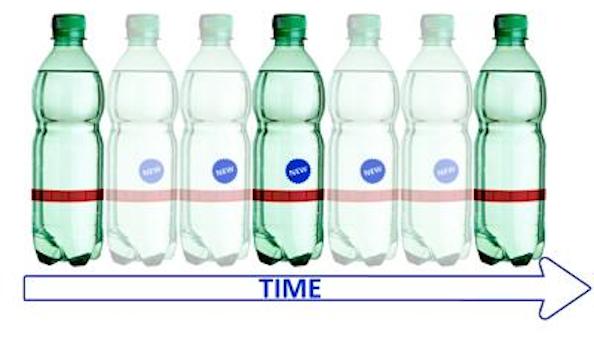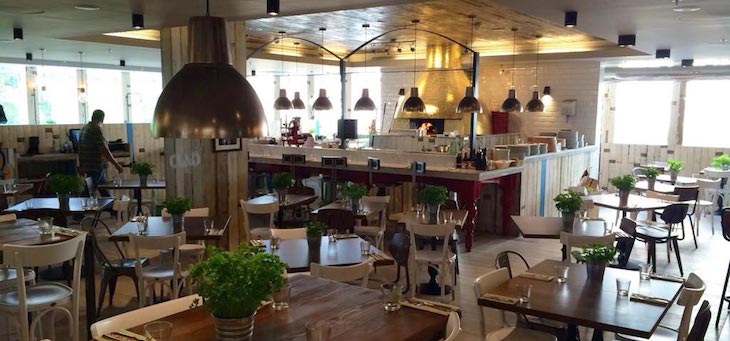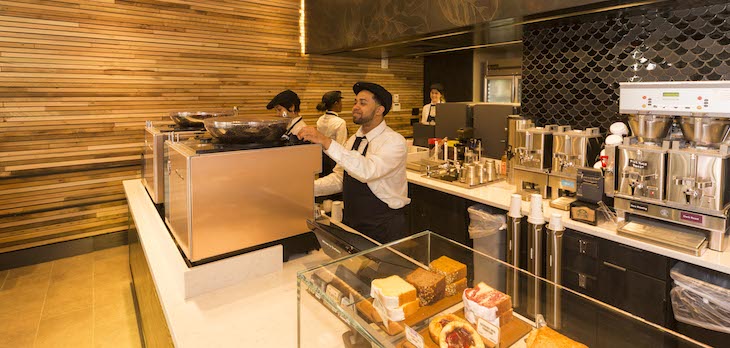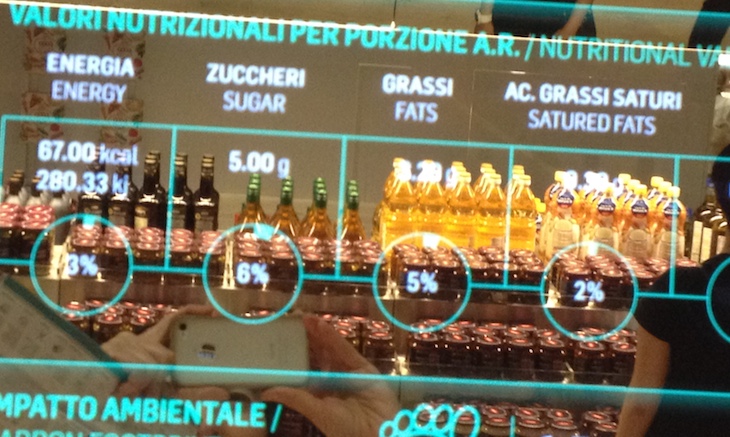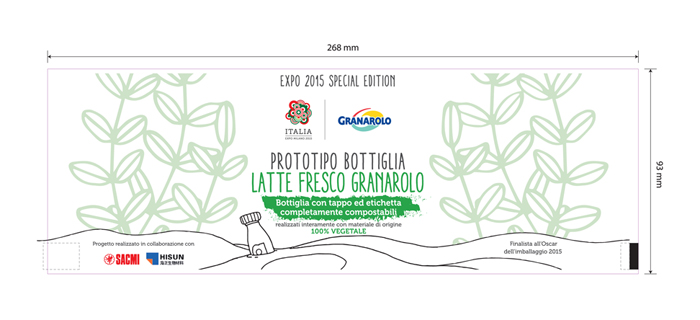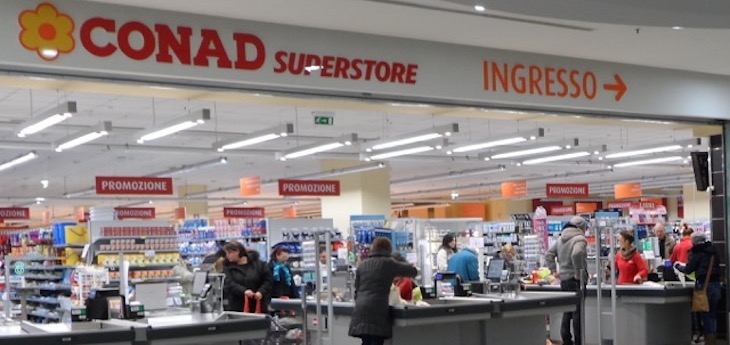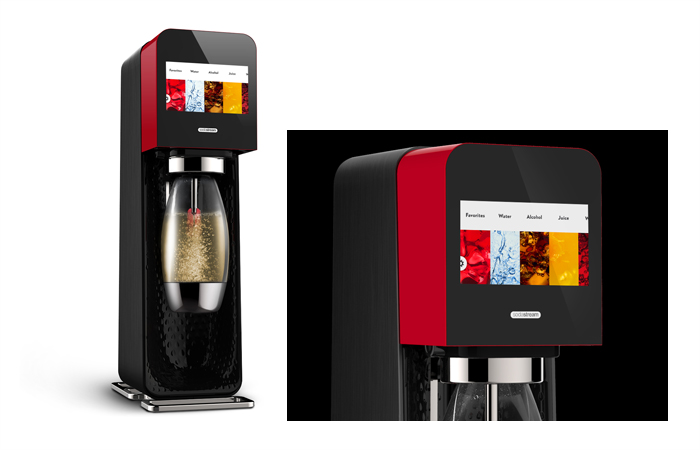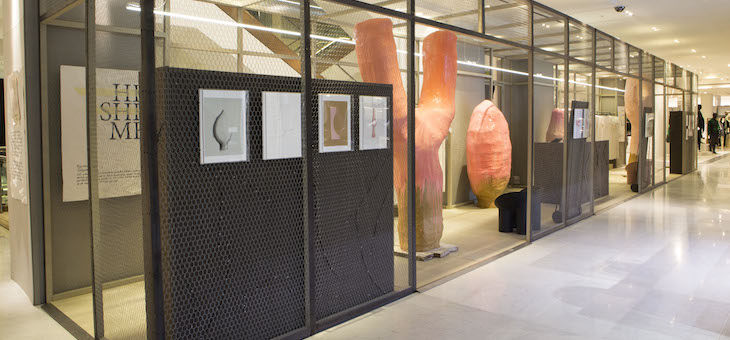In Overijse, a few kilometres from Brussels, in a renovated farmhouse, the first Cru store, a market dedicated to food and sharing between employees, partner producers and customers, developed by the Belgian group Colruyt, has been open since a few months.
[Not a valid template]
A new concept, which partly recalls the experience of Eataly, developed to attract lovers of fine food and those looking for pure flavours and authentic products. In a friendly and relaxed atmosphere, like a covered market, Cru offers a selection of fresh produce, including meat, fish, fruit and vegetables, bread made on the premises, dairy products and flowers. An there is no shortage of craft beers, wines sold by the glass, bottled fresh juices and tea or coffee roasted on the premises.
Local products, seasonal specialities, bread and pastry production workshops and organic products are a must around which the Cru market rotates. “Every day we buy products from farmers in the area around Brussels – says the head of fruit and vegetables – and for this reason fresh and seasonal products, preferably organic, are available according to their growing period and maturity”.
Bakery products are made with natural yeast and organic flour, without enhancers or fat. The bread dough rests 48 hours before being baked in wood-fired ovens. Also the meat comes from farms that overlook the North Sea, the cheeses are selected from small producers in Flanders and the fish is extremely fresh.
The points on which the Cru offer focusses are the authenticity and quality of the foodstuffs, the link with the local area (but if a product is worth it, it is also bought abroad) as well as the expertise of those responsible for the various departments who advise and converse with customers and become part of the shopping experience. Precisely to facilitate the customer, the range is limited, focussing more on research and quality than on breadth of offer. But it is not a luxury store, albeit a thousand miles away from the classic Colruyt store. “They are everyday products – said Jean-Pierre Roealands, the Cru project team leader – but well prepared and presented. Simplicity is the new horizon of luxury”.
Of course, you can buy the products but also consume them on the premises, where there is a place to sit, have a coffee, eat a sandwich or a cooked dish.
And also technology plays its part. At the entrance, customers receive a tablet to be affixed to the shopping cart to record the products purchased, create a shopping list and share ideas and recipes with others. And the tablet is also used to pay. You offload the products and pay without any controls, strengthening the bond of trust with the customer. Which is reciprocal, since no receipt is issued but rather sent via e-mail.

